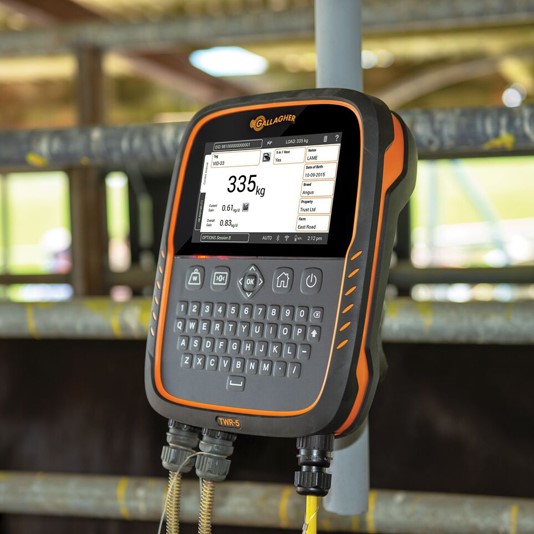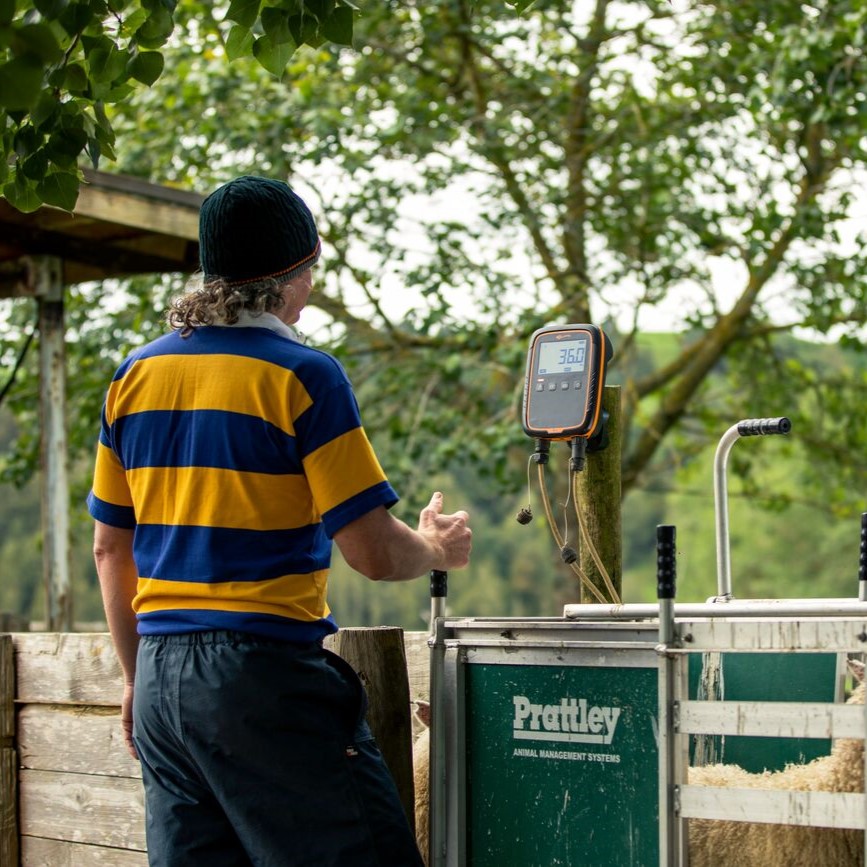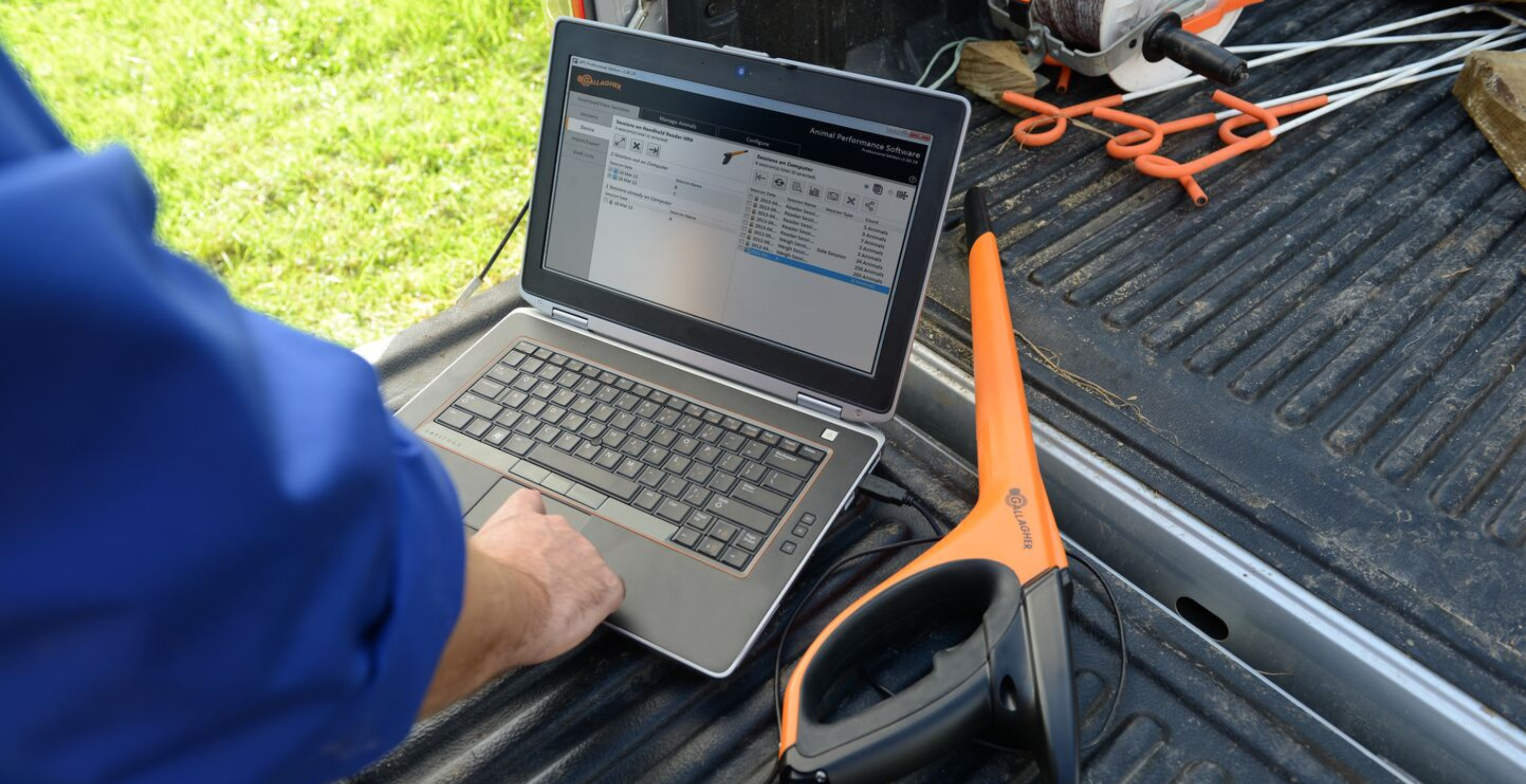
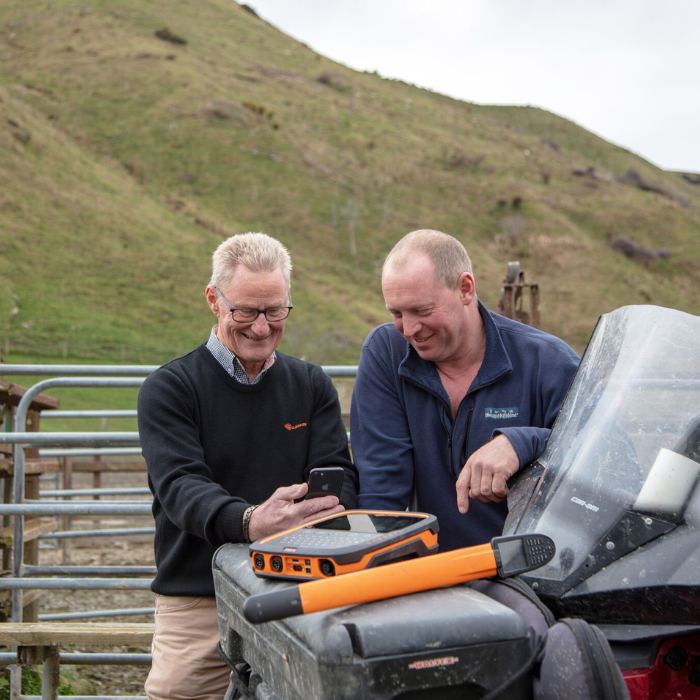
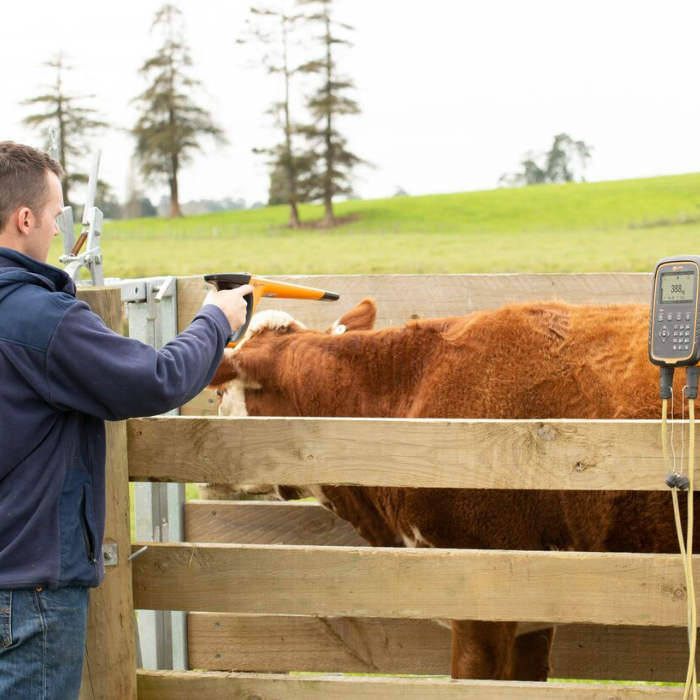

Going beyond pure compliance, you can combine EID with a weighing system to fully automate animal management and handling tasks, saving time and money. It's just one way market leading farmers manage their businesses more profitably.
There are different options available depending on your farming operation and requirements, including both portable and permanent systems.

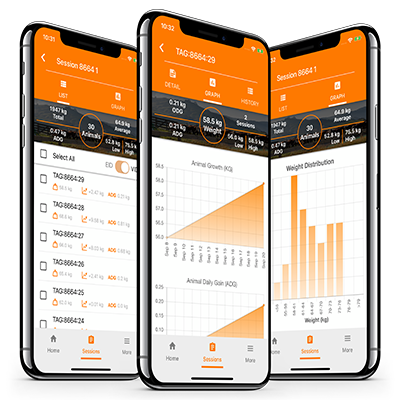


Load More

Want to know about waterway fencing compliance?
When it comes to fencing compliance, it's crucial to go beyond the basics. Whether you're considering portable or permanent fencing options, our fencing solutions can help you meet local standards while minimizing ecological impact of your farming or ranching operation.


